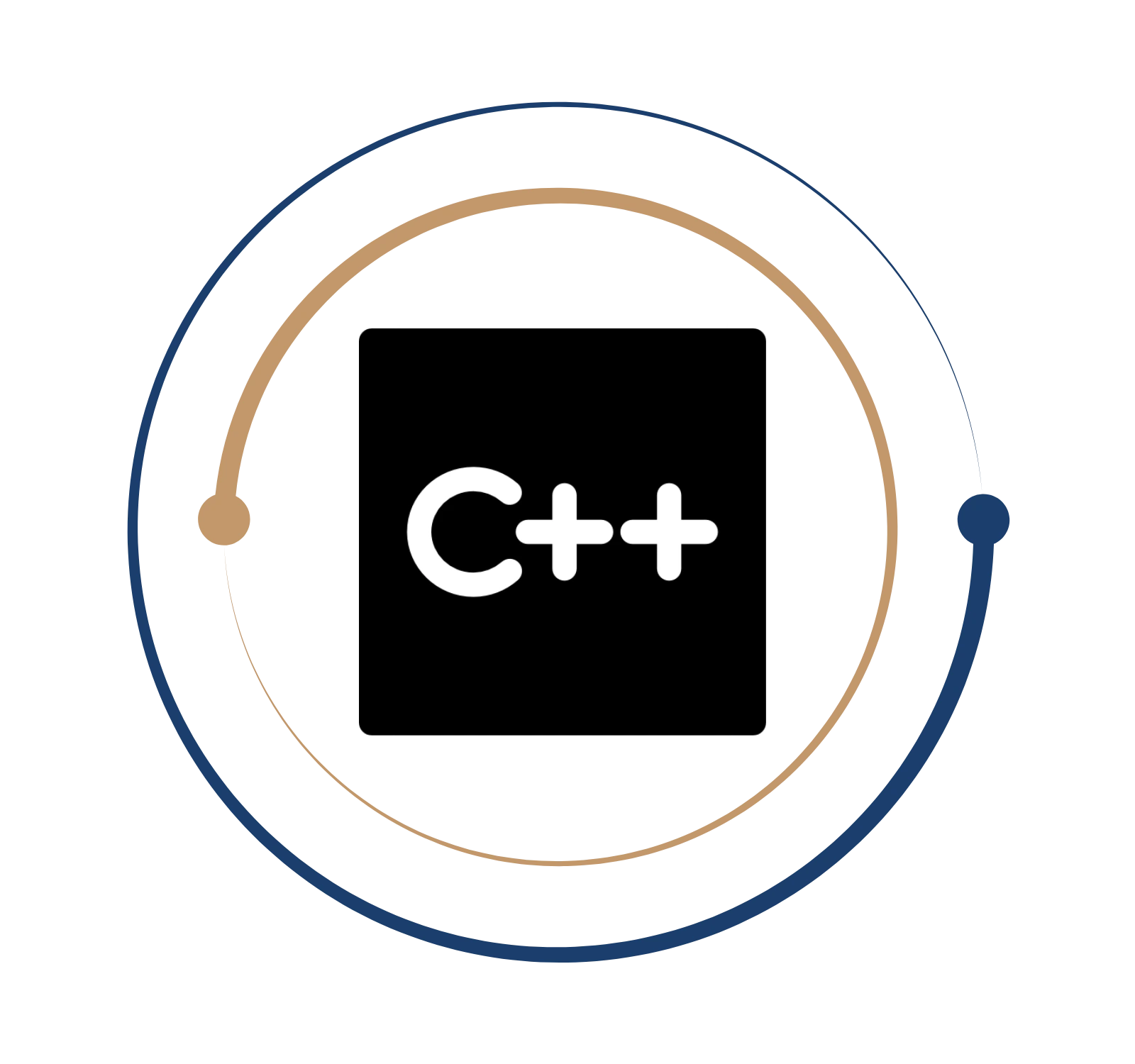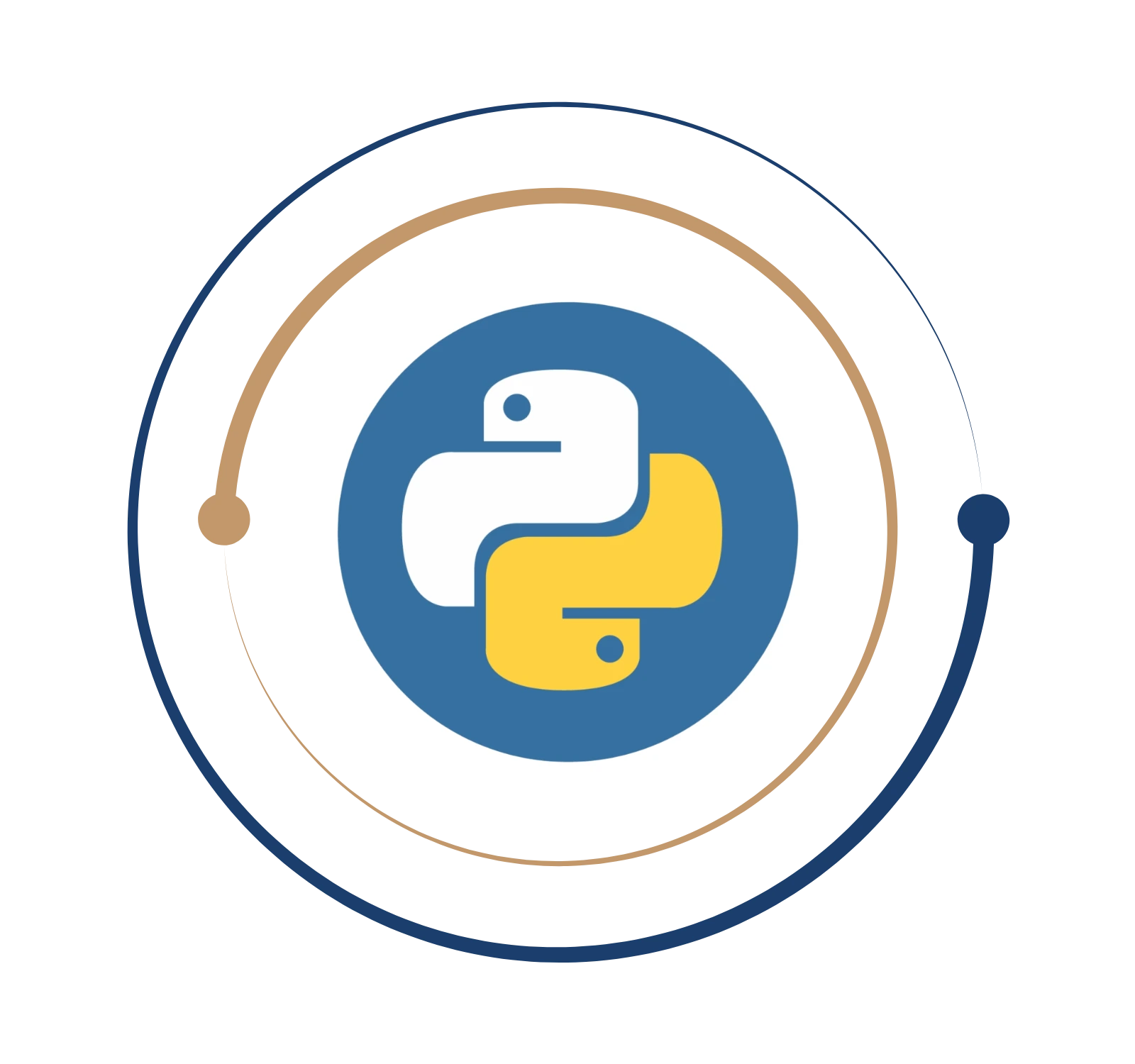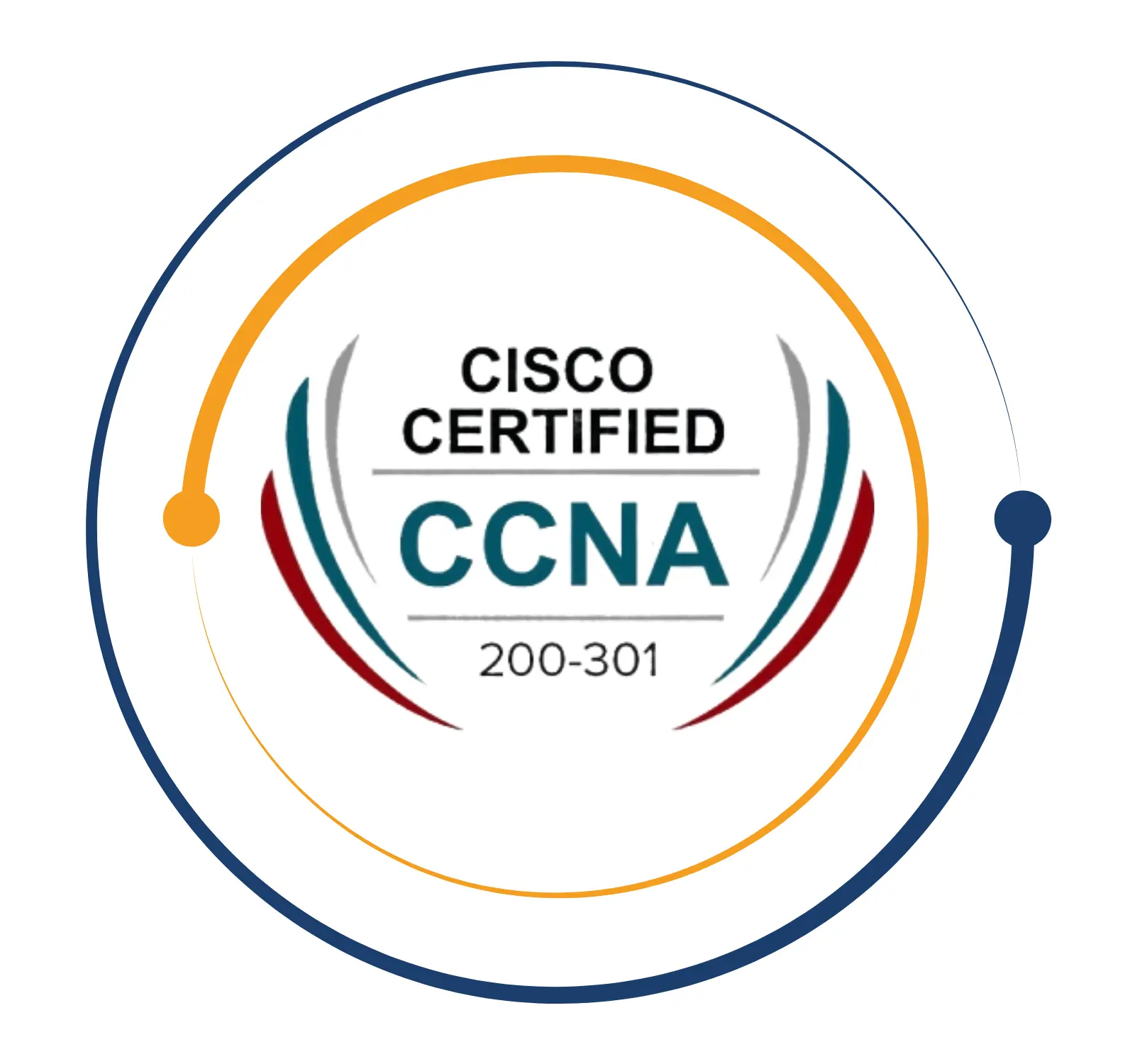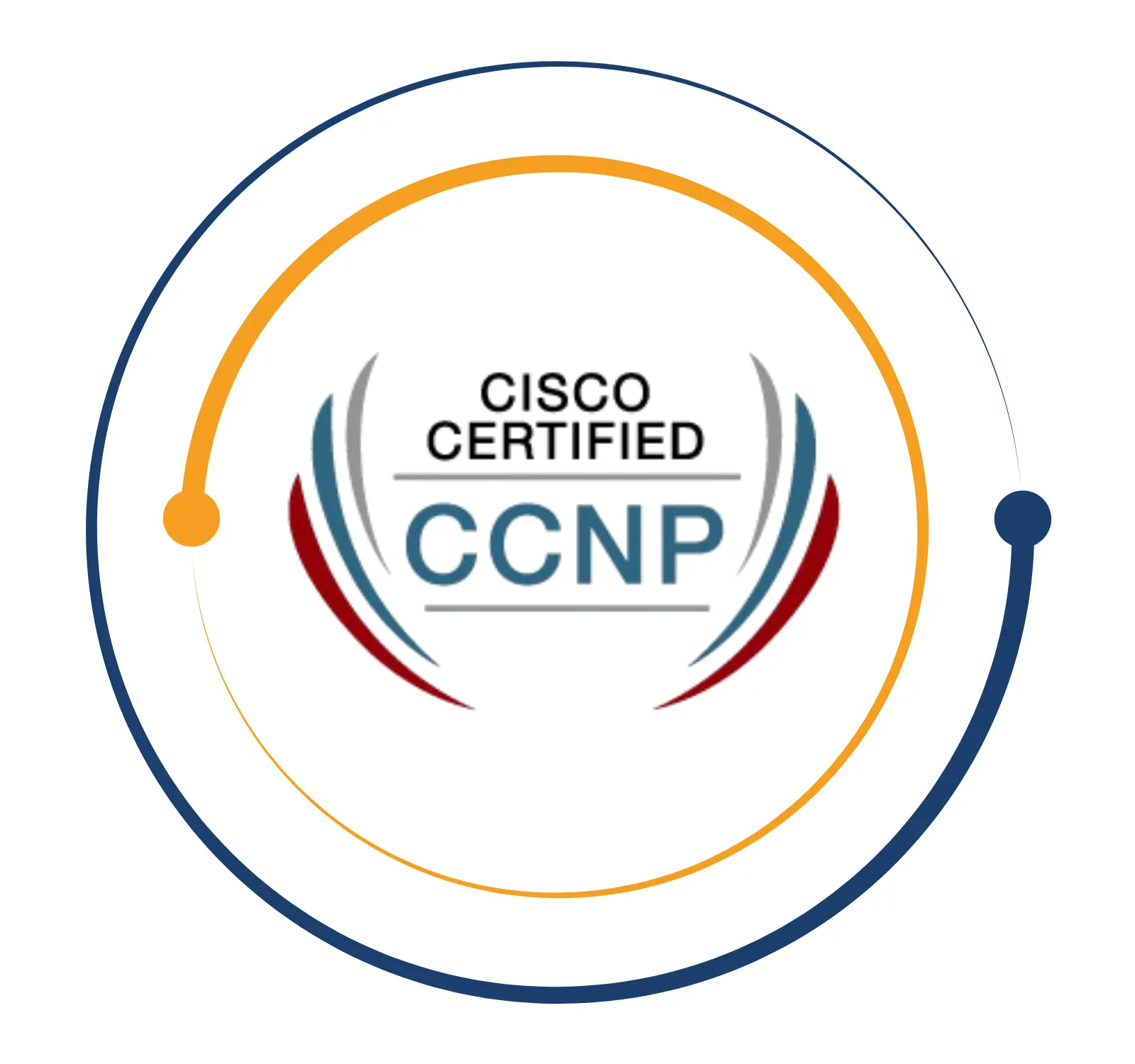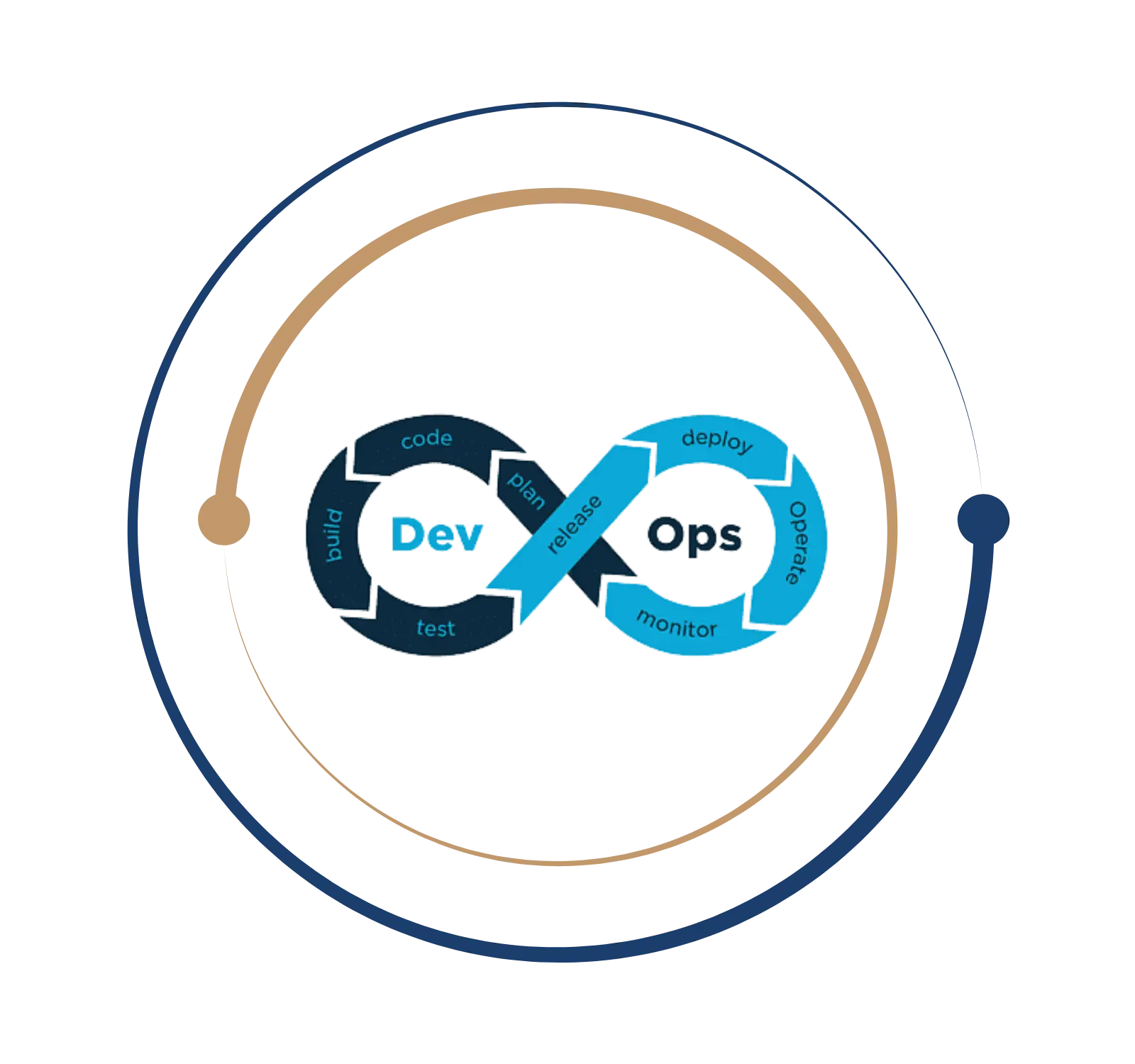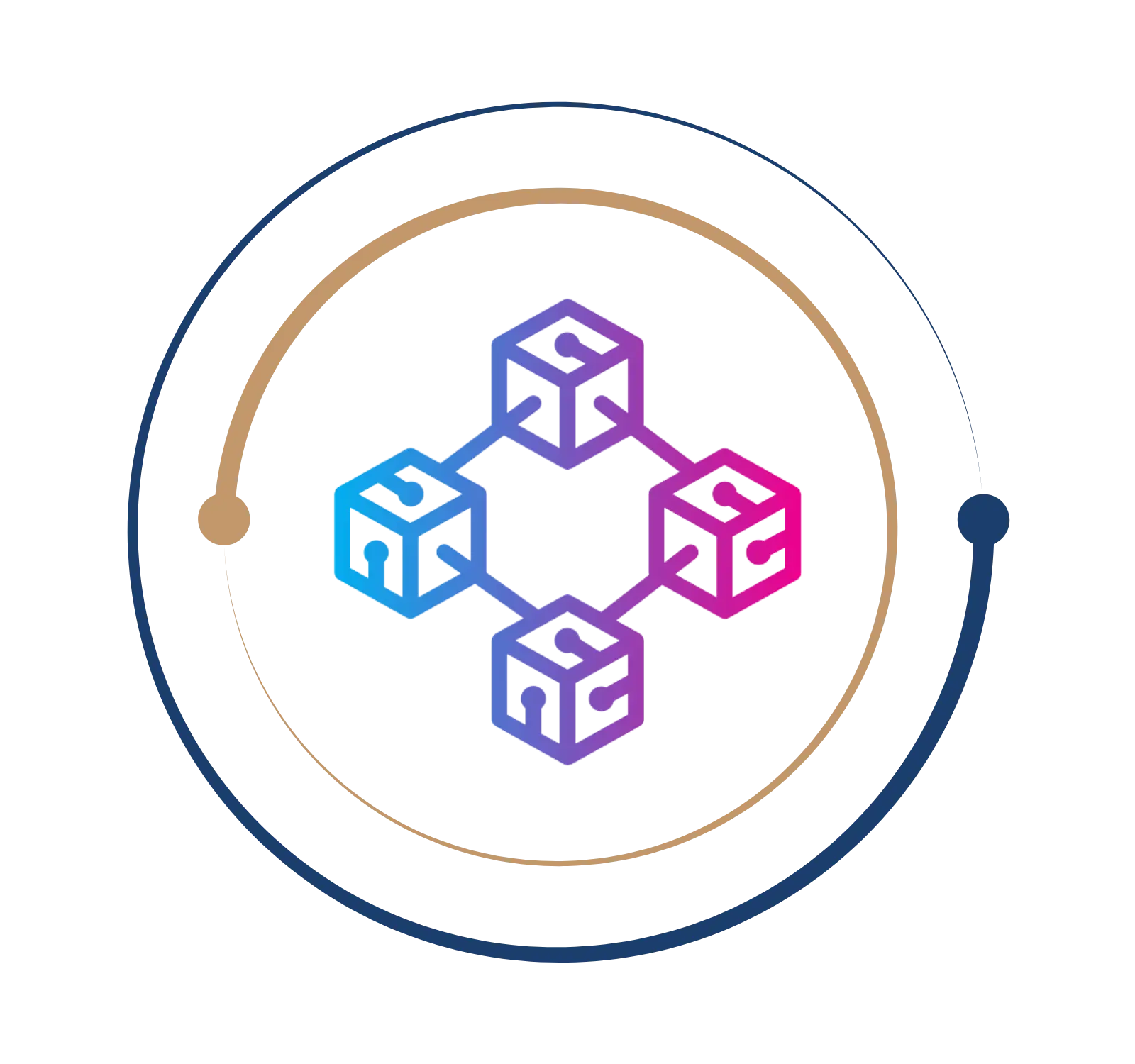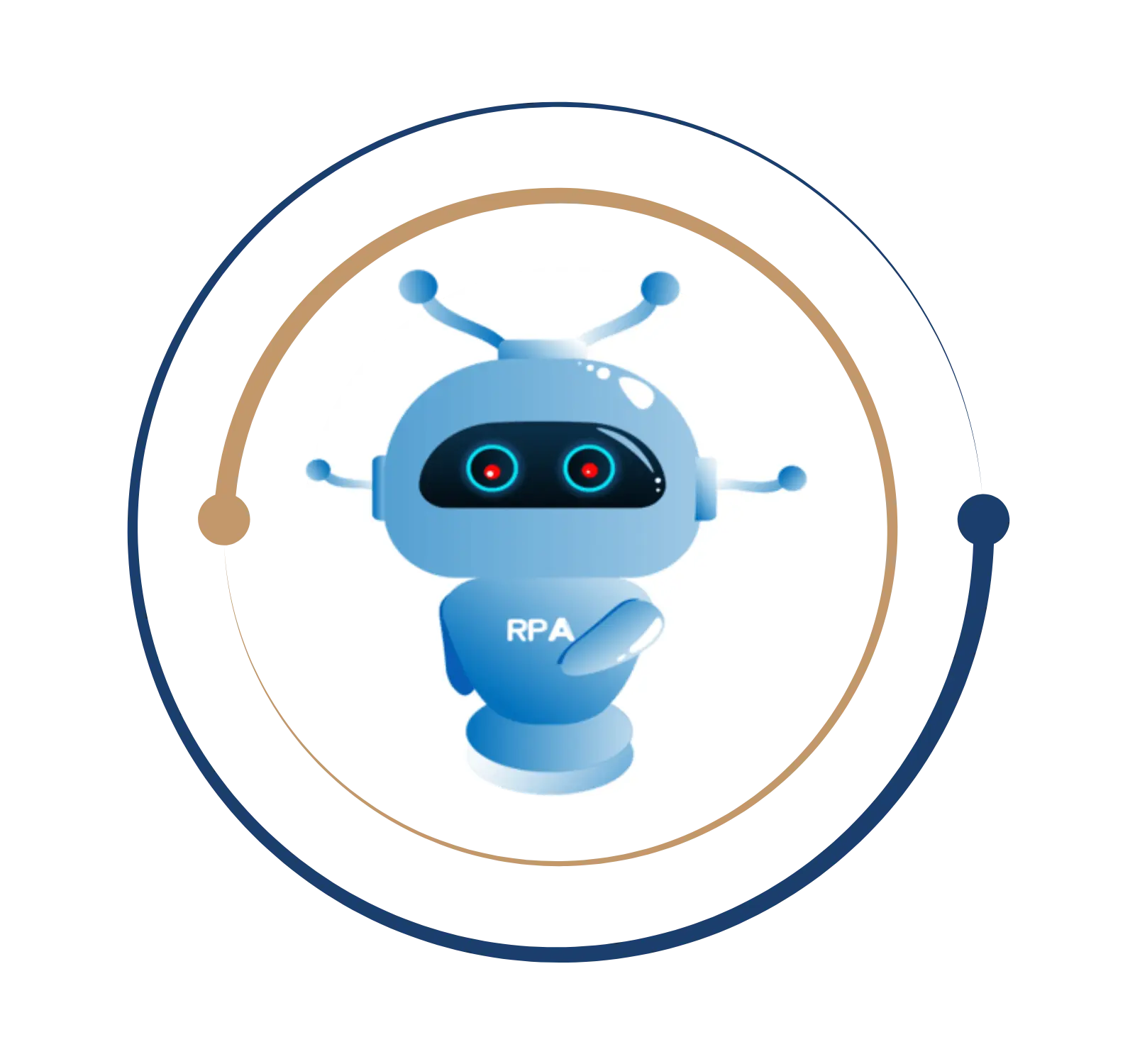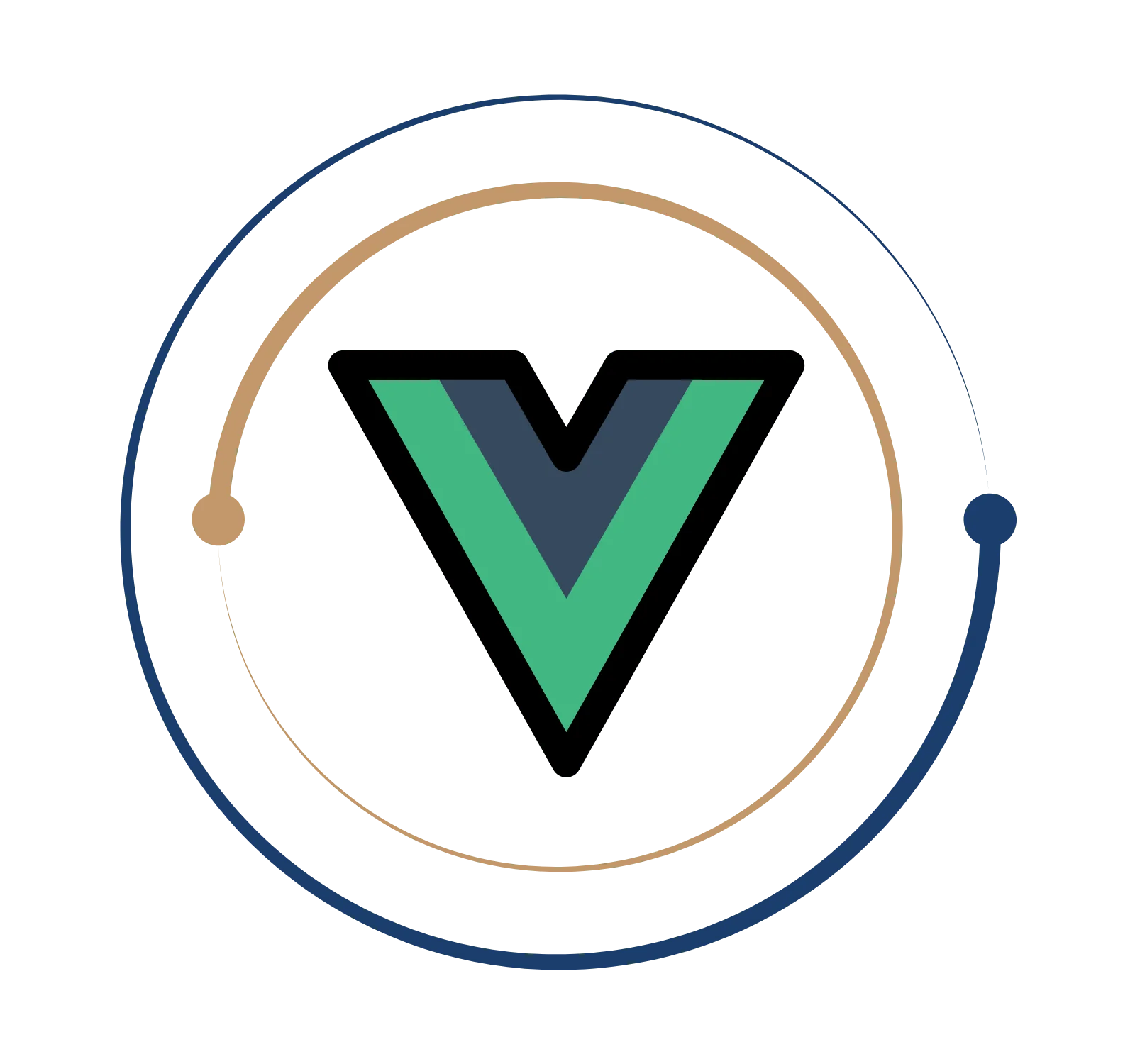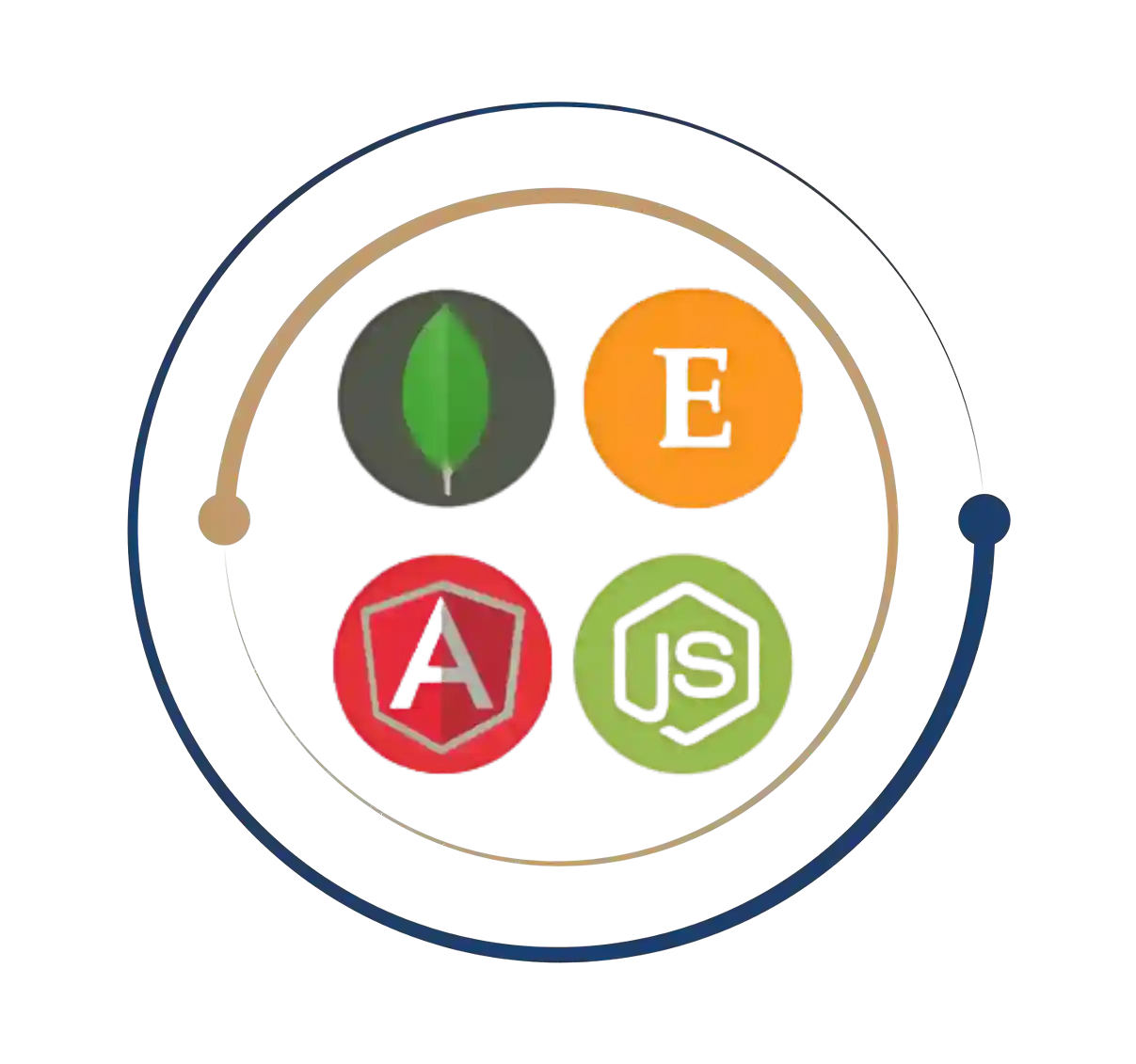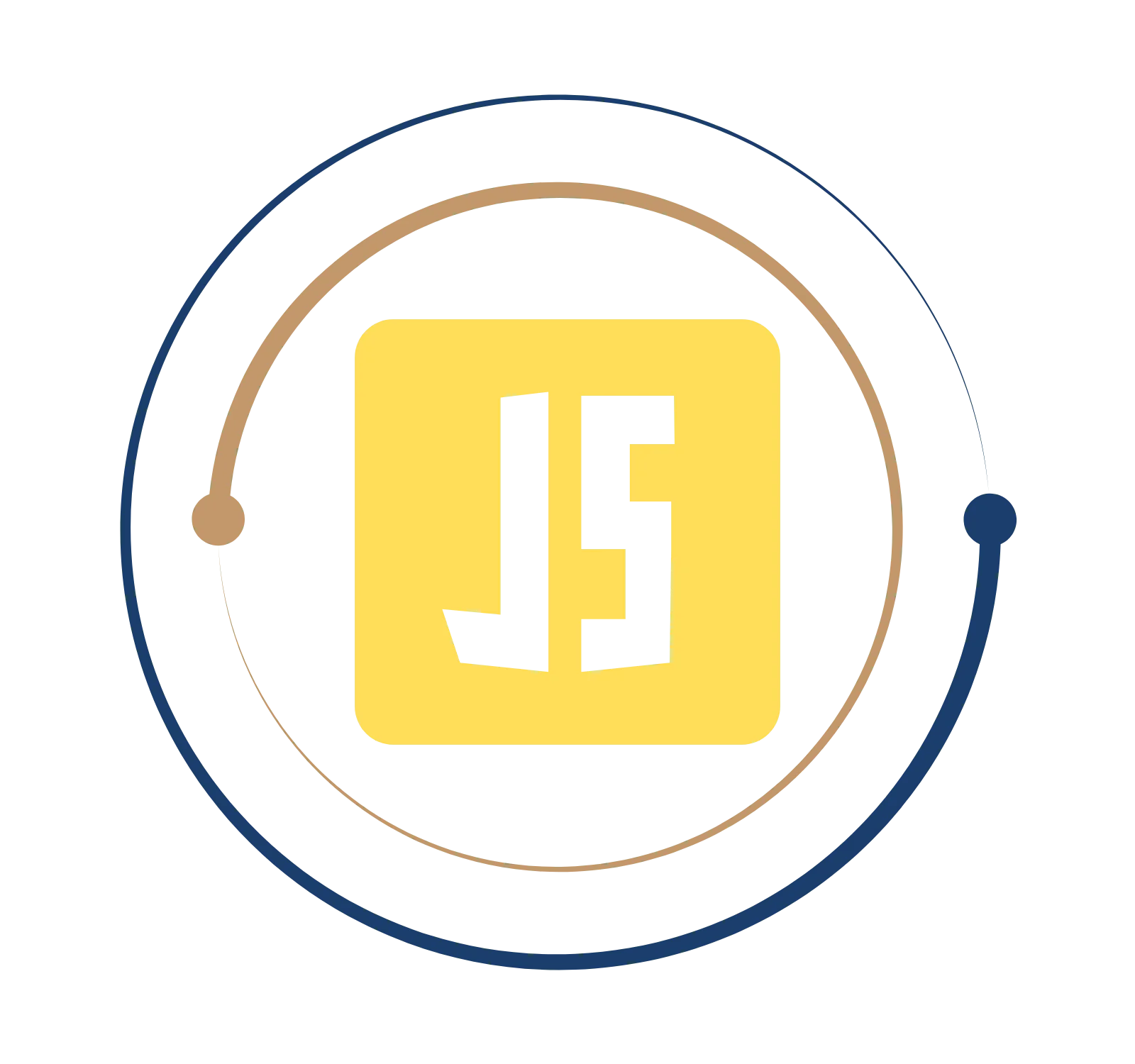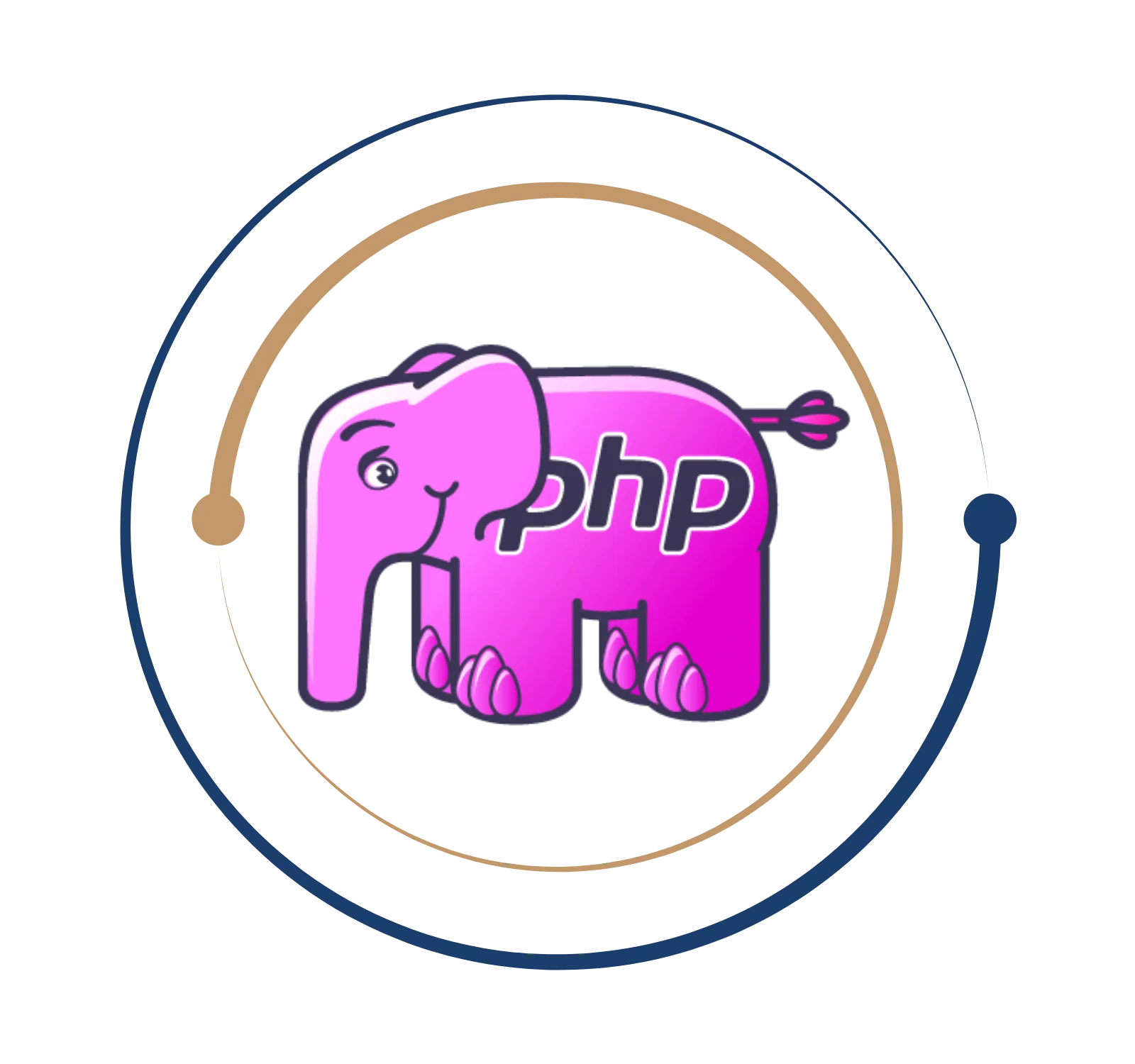Become a Full Stack Developer with Comprehensive FSD Training
Full Stack Developer Training in Chennai
Do you want to work as a full-stack developer? BITA offers the Best Full Stack Developer Training in Chennai. It is specifically designed for newcomers and college students who have trouble finding an IT career. The following complete stack courses are offered, and students may select any one of them to become full stack developers for a successful IT career.
- Java Full Stack Developer
- Python Full Stack Developer
- Dot Net Full Stack Developer
Whole stack developers work in both the front and back end of web development, which refers to the full depth of a computer system program. Everything a client, or site visitor, can see and interact with is included in the front end. The end-user rarely engages directly with the back end, which is all the servers, databases, and other internal architecture that power the program.
Full Stack Developer Training in Chennai
Do you want to work as a full-stack developer? BITA offers the Best Full Stack Developer Training in Chennai. It is specifically designed for newcomers and college students who have trouble finding an IT career. The following complete stack courses are offered, and students may select any one of them to become full stack developers for a successful IT career.
- Java Full Stack Developer
- Python Full Stack Developer
- Dot Net Full Stack Developer
What is a Full Stack Developer?
Whole stack developers work in both the front and back end of web development, which refers to the full depth of a computer system program. Everything a client, or site visitor, can see and interact with is included in the front end. The end-user rarely engages directly with the back end, which is all the servers, databases, and other internal architecture that power the program.
Why do we need to be Full Stack Developers?
- Today, it’s pretty simple to start a career in web development, but only some are cut out to ride the information technology wave as full-stack developers.
- If possible, the goal sounds quite tricky in a constantly changing workplace where too many new technologies are being introduced too soon.
- Therefore, to be a full-stack developer, you must be familiar with all front-end and back-end technologies.
- You would need to be fluent in every programming language. Or, at the very least, the ones used the most.
- It would help if you were proficient in working with all types of materials, including databases, user interfaces, and everything in between.
- Get a job as a full-stack developer at an MNC by taking a Full stack Developer Training in Chennai.
Whole stack developers work in both the front and back end of web development, which refers to the full depth of a computer system program. Everything a client, or site visitor, can see and interact with is included in the front end. The end-user rarely engages directly with the back end, which is all the servers, databases, and other internal architecture that power the program.
- Today, it’s pretty simple to start a career in web development, but only some are cut out to ride the information technology wave as full-stack developers.
- If possible, the goal sounds quite tricky in a constantly changing workplace where too many new technologies are being introduced too soon.
- Therefore, to be a full-stack developer, you must be familiar with all front-end and back-end technologies.
- You would need to be fluent in every programming language. Or, at the very least, the ones used the most.
- It would help if you were proficient in working with all types of materials, including databases, user interfaces, and everything in between.
- Get a job as a full-stack developer at an MNC by taking a Full stack Developer Training in Chennai.
Get Instant Help Here
A certificate program that covers front-end and back-end languages useful for web development are open to those interested in studying full-stack development. This certification course teaches you how to demonstrate your competence to potential employers by earning a certification. The following is a list of the Full stack development certificates that are most in demand. Your value will increase, and you’ll have an advantage when hunting for work with these certificates—signup for Full Stack Developer Training in Chennai.
- Java Full Stack Developer Certification
- Python Full Stack Developer Certification
- Dot Net Full Stack Developer Certification

Full-stack development is a popular and viable career path for software development professionals. The most in-demand specialists in their field are full-stack engineers, back-end developers, and data scientists. The position has potential or may offer the right skills for a fulfilling career. Full-stack developers typically receive more excellent pay. Because it makes more financial sense to hire one person with both front-end and back-end expertise than to hire two people to perform the same task, employers are ready to pay extra for a full-stack developer. Full-stack entry-level developers create front- and back-end frameworks and work with other experts to design, build, test, and improve creative apps. Additionally, they might be expected to interact with operating systems, UI frameworks, and databases. A worker with 5 to 9 years of experience might earn between 12 and 14 lakhs of Indian rupees. The average annual income for a full stack developer in India is 6.5 lakhs, with salaries ranging from 2.4 lakhs to 17.0 lakhs.
Job you can land with FSD
What you will learn?
HTML / CSS
- HTML Bootcamp
- HTML5 and Advance techniques
- Bootstrap
- So How to Write own CSS and SCSS?
- Different between CSS3 and Sass
- Javascript
- ES6 features in Javascript
- Arrow Functions.
- Classes.
- Enhanced Object Literals.
- String interpolation.
- Destructuring.
- Default.
- Spread
- Designing responsive UI
ANGULAR TYPESCRIPT
INTRODUCTION TO TYPESCRIPT
- Understand TypeScript
- Basic Types
- Variables
- Arrays
- So How to Work with Classes?
- So How to Work with Objects?
- Interfaces
- Constructors
- Type Definitions
- So How to Compile TypeScript?
- What is Linting?
ES2015 PRIMER
- Understand Let and Const
- So How to Work with Template Strings?
- Deep Dive on Lambda Functions
- How to Work with Generics?
- How to Work with Modules?
ENVIRONMENT SETUP
- Node / NPM
- Polyfills
- Babels
- TypeScript
- Module Bundler (Webpack)
- Code Linting
- Test Setup
- Application File Structure
- AngularCLI
- Code Editors
MODULES
- Why and when to use Modules?
- Understand NgModule
- Working with Declarations in Modules
- How to Use Providers?
- Manage Imports
- How to use Bootstrapping?
- The Core Module
- Shared Modules
COMPONENTS
- Introduction to Components in Full Stack Development Training Chennai
- How to Work with Component Architecture Patterns?
- What is Decorator Metadata?
- What is State and Behaviour in Angular?
- Inputs and Outputs
TEMPLATES
- Inline vs External
- Mastering Template Expressions
- Data Bindings
- Data Bindings Syntax
- How to Work with Data & Event Bindings?
- So how to work with Built-in Structural Directives?
- Deep Dive on Built-in Attribute Directives
CUSTOM DIRECTIVES
- Directives Overview
- Types of Directive
- Create your own Attribute Directive
- How to Write an Attribute Directive Code?
- Respond to User Initiated Events
- Pass values into the directive with an @Input data binding
- Binding to an @Input property
- Bind to an @Input alias
- Write a harness to try it
- Create your own Structural Directive
- NgIf case study
- Inside *ngFor
- Inside NgSwitch directives
- The <ng-template>
- How to Work with <ng-container>
- TemplateRef and ViewContainerRef
PIPES
- How to Use pipes?
- Built-in pipes
- Parameterizing a pipe
- How to Chain pipes?
- Custom pipes
- The Pipe Transform interface
- Power Boost Calculator
- Pipes and change detection
- Pure and impure pipes
SERVICES AND DEPENDENCY INJECTION
- Getting familiar with Services
- Building a Service
- Getting familiar with Dependency Injection
- Working with Injectors
- Working with Providers
- Registering Providers with real time examples
LIFECYCLE HOOKS & CHANGE DETECTION
- How to Understand Component LifeCycle
- Using ngOnInit
- All lifecycle Hooks
- Understanding Change Detection
- Working with Zone.js
ROUTING & ADVANCED ROUTING
- The Component Router
- Defining Routes
- How to Work with Navigation?
- Understand Route Params
- Child Routes
- Route Guards
- Route Resolves
How to MASTER TEMPLATE-DRIVEN FORMS AND MODEL-DRIVEN FORMS
- Introduction to forms
- Overview of Template-driven forms
- Understanding Validations
- Introduction to ‘Reactive’ forms
- Form Group and Form Control Class
- Validators Class
ASYNCHRONOUS OPERATIONS & ADVANCED HTTP
- Introduction to Async
- Promises
- So How to Work with Observables?
- EventEmitter
- Async Pipes
- Handling HTTP Request / Response
- Headers and Request Settings
- Providing HTTP
COMPONENT STYLING
- Introduction to Angular Styling
- Using Component Styling
- Style Scope
- Shadow DOM
- How to Load Component Styles?
How to Work with Animations in Full Stack Development
- Introduction to Animations
- Animations Setup
- Understand States & Transitions
- How to Enter and Leave from States?
- What is Animatable Units?
- What is Automatic property calculation
- Understand Animation Timing
- Multistep Animation using Keyframes
TESTING ANGULAR APPLICATIONS
- Introduction to Testing
- Unit Testing
- E2E Testing & Protractor
- Setup Jasmine Framework
- Component Test Basics
- Component Test Scenarios
- Karma
SECURITY AND INTERNATIONALISATION
- Importance of Security
- Security in Angular
- Sanitize the Dangerous Values
- Trusting Values
- bypassSecurityTrustHtml
- How to use bypassSecurityTrustScript?
- How to use bypassSecurityTrustStyle?
- bypassSecurityTrustUrl
- bypassSecurityTrustResourceUrl
- What is Cross-site Request Forgery?
- Pre-compiled and runtime
- Using ng2-Translate
PERFORMANCE, OPTIMIZATION AND DEPLOYMENT
- Change Detection Strategy
- Running outside the Zone
- Production Mode
- Understand Web Workers
- What is Precompiling (AoT)?
- What is Lazy Loading?
- Deployment Best Practices
Java
- Introduction about Java
- JDK vs JRE vs JVM
- Java 8 features
- Class and methods
- Data Types
- What is Constructor and Interface?
- What is Nested Classes?
- Exception handling
- Final Classes
- Static methods and keywords
- What is Oops concept?
- What is Collections?
- Java JDBC Connections and examples
- Servlet
- JST
Spring with Hibernate – Rest Web services
- What is a Core Container?
- Introduction to IOC
- Dependency Injection
- Setter Vs Constructor
- What is Collection DI?
- Bean Inheritance
- What is Collection Merging?
- What is Inner Beans?
- Bean Aliasing
- Deep dive on Bean Scopes
- What is Bean Auto wiring?
- What is Spring JDBC Templates?
- Introduction about Spring MVC
- What is Spring Beans?
- Deep Dive on Spring AOP(Aspect Oriented Programming)
- Spring Boot
- Spring Web services with Hibernate
- What is ORM?
- How to Write HQL query
- What is HTTP Methods?
- So How to Create a web service for GET, PUT, POST
Deployment and Build in Full Stack Development
- Introduction about Maven
- Maven build cycles
- Devops pipelines
Real Time Projects in Full Stack Development
You will learn the following in Python Full Stack Course.
- Python Programming
- Click here for Python Syllabus
- HTML
- CSS
- Java Script
- BootStrap
- Django
- MySQL
- MongoDB
Detailed View of Django Course Content below.
PYTHON Full Stack Development -Django Course Syllabus Part 1
- How to Install Django
- How to Create a project?
- Deep dive on the development server
- How to Create an application
- Introduction to views
Django Course Syllabus Part 2
- Database Setup
- Introduction to models
- How to Activate models?
- Deep dive on how to Play with the API
- Introduction to Django Admin
Django Course Syllabus Part 3
- More about views
- Name spacing url names
Django Course Syllabus Part 4
- So How to Write efficient code: learn by create forms
- Why is less code better?
Django Course Syllabus Part 5
- How to write automated tests
Python Full Stack Development Django Course Syllabus Part 6
- So How to Customise your app
You will learn the following in Dot Net Full Stack Course.
- HTML
- CSS
- Java Script
- Boot Strap
- Ajax
- Web API
- C#
- MySQL
- ASP DotNet Core
- MVC ASP Dot Net
Weekdays
Mon-Fri
Online/Offline
1 hour
Hands-on Training
Suitable for Fresh Jobseekers
/ Non IT to IT transition
Weekends
Sat – Sun
Online/Offline
1.30 – 2 hours
Hands-on Training
Suitable for IT Professionals
Batch details
Week days
Mon-Fri
Online/Offline
1 hour
Hands-on Training
/ Non IT to IT transition
Sat – Sun
Online/Offline
1:30 – 2 hours
Hands-on Training
Why should you select us?
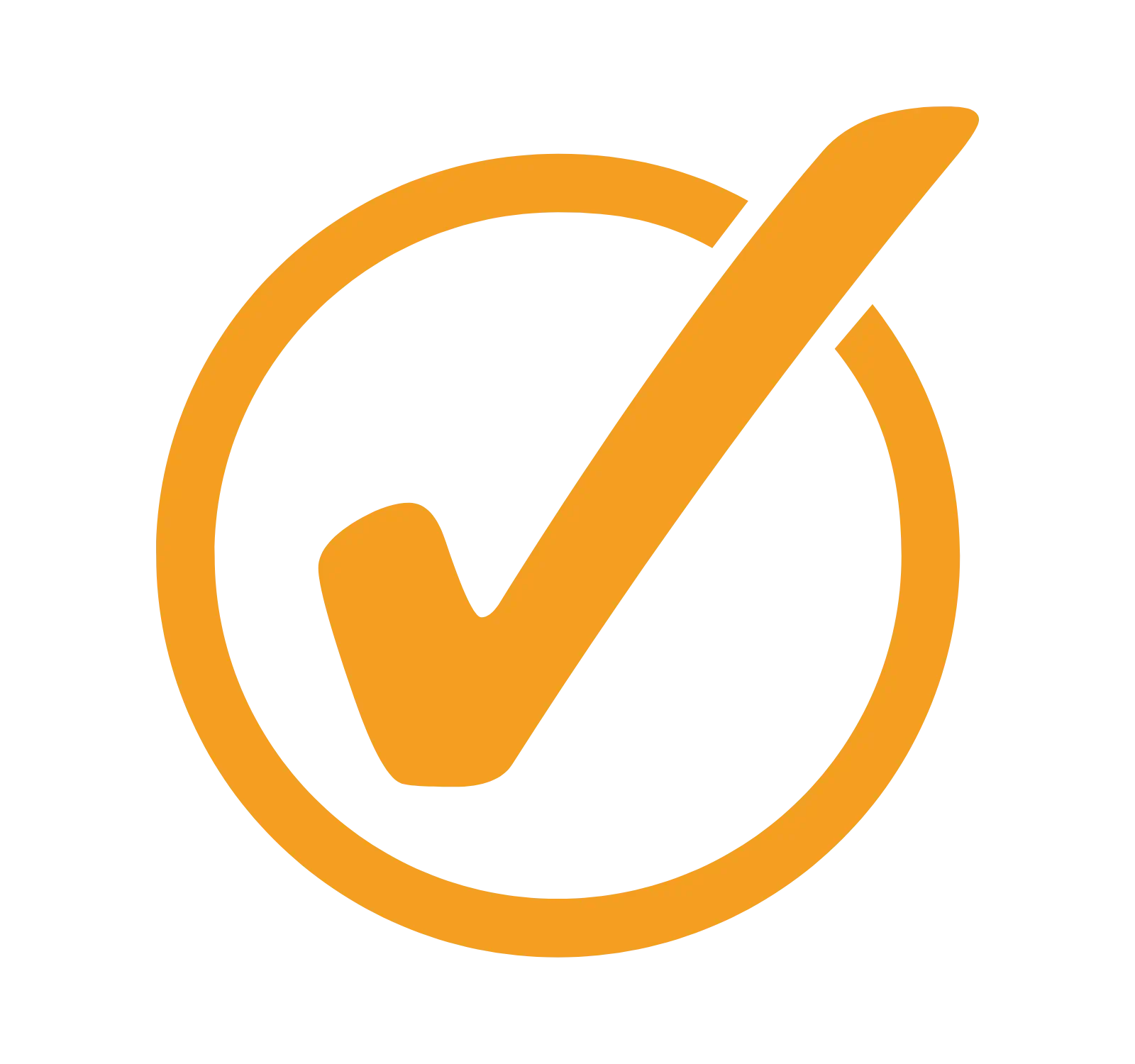





Why should you select Us?











